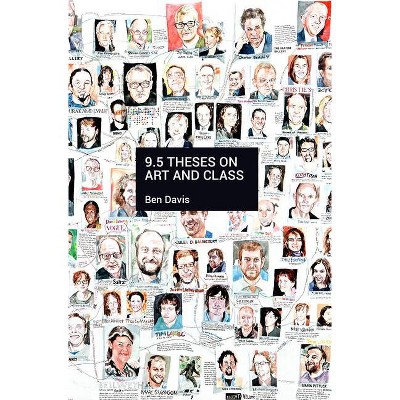About this item
Highlights
- In a sweeping survey of art from the dawn of the bourgeois era to the present day, John Molyneux explains what makes artistic production under capitalism unique, moving, and possibly revolutionary.
- About the Author: John Molyneux is a socialist, activist and writer.
- 300 Pages
- Art, Criticism & Theory
Description
About the Book
In a sweeping survey of art from the dawn of the bourgeois era to the present day, John Molyneux explains what makes artistic production under capitalism unique, moving, and possibly revolutionary.
Book Synopsis
In a sweeping survey of art from the dawn of the bourgeois era to the present day, John Molyneux explains what makes artistic production under capitalism unique, moving, and possibly revolutionary.
Review Quotes
'For those interested in social change and the importance of art as a challenge to the alienating core of capitalism, The Dialectics of Art is an excellent place to start.' - New Politics Journal
'This book is written with less emphasis on resolving theoretical disputes in the seminar room and more on the role culture can play in activating and articulating political struggle.' - Marx & Philosophy Review of Books
'The Dialectics of Art by John Molyneux is a reflection on the role played by the visual arts in Western society, from the Renaissance up to the present day, a reflection that is unapologetically Marxist in character. However, I urge the reader not to be turned off by that.' - Dublin Review of Books
About the Author
John Molyneux is a socialist, activist and writer. Formerly a lecturer at Portsmouth University, he now lives in Dublin. His many books include Rembrandt and Revolution (Redwords 2001), Lenin for Today (Bookmarks 2017), Will the Revolution be Televised (Bookmarks 2012), and Marxism and the Party (Haymarket 2017).












